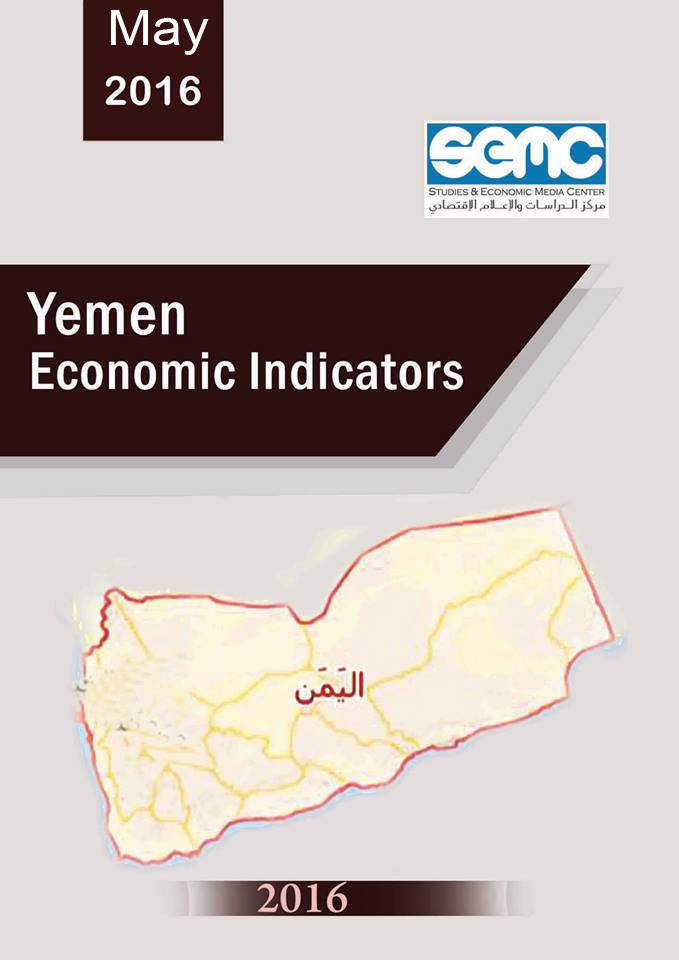Cairo-A recent economic report regarding the financial situation in Yemen revealed relative increase in prices of basic commodities in June compared to prices in May.
The report studies the prices and availability of basic food commodities in target governorates- Sana’a, Taiz, Aden, Hodeida, Ma’rib and Hadramout.
The report entitled “Yemen’s economy indicators,” which was released by the Studies and Economic Media Center (SEMC), sheds light on the economic and humanitarian conditions in Yemen.
It also includes a summary on the situation in Yemen in terms of public services- health, electricity, water, as well as trade activities at sea ports.
The document also outlines the security and political situation in Yemen during the month of June and monitors the exchange rate of Yemeni Riyal against foreign currencies, including the U.S. Dollar.
The report showed that the average price of basic commodities- wheat, sugar, rice, baby milk, meat, cooking oil, potatoes, tomato, tea, cheese- witnessed an average of 1 percent rise in June in the six governorates.
Taiz governorate recorded the highest rise with an average of 9 percent compared to last May, followed by Ma’rib with 4 percent, then Hodeida with 3 percent; while the prices of basic commodities in Aden governorate were stable compared to the previous month (0 percent). Sana’a and Hadramout governorates witnessed a decline in the prices of basic commodities, with an average of -6 percent, compared to the previous month.
The high prices of basic commodities in Taiz are the result of the blockade imposed by forces loyal to former ousted President Saleh and Houthi militias, which has made delivery of basic commodities difficult for the past 18 months.
Regarding currency and exchange rates, June witnessed a drop in foreign currency exchange rate against the Yemeni riyals, while the U.S. dollar recorded an average decline of -11 percent against Yemeni riyals compared to May, the dollar fell to 280 riyals compared to 315 in May.
The average rise of U.S. dollar against the Yemeni riyals is 30 percent compared to the pre-crisis period.
The Yemeni economy suffered a lack of financial liquidity of local currency, forcing the central bank to take out the stock of the damaged Yemeni currency at the bank reserve to cover the citizens’ needs of the local currency and the payment of staff salaries.
On June 13, the leadership of the Chamber of Commerce held a meeting in Sana’a with representatives of Yemeni Exchangers Association, which resulted in approving a mutual initiative of activating mechanisms of control and supervision by the central bank over the banking sector.
Following the initiative, Exchangers Association carried out a supporting role to control and follow-up the exchange market through forming an operations room in coordination with the concerned authorities, raising weekly reports and reporting exchange shops violating the law to take legal action against them.
The agreement forced exchange companies and shops to provide the Central Bank of Yemen with detailed daily reports on the sales and purchases of foreign currency and on foreign remittances.
Exchange companies and shops shall adopt the mechanisms of gradual exchange devaluation, which will be developed and attached to the meeting minutes, in order to avoid the spread of a new black market.
Meanwhile, commercial and Islamic banks and telecom companies operating in Yemen are obliged to stop the purchase of foreign currency from the local market on a temporary basis.
Governor of the Central Bank of Yemen Mohammed Awad bin Hammam also stressed his support for the efforts exerted by the Chamber of Commerce leadership in the capital Secretariat and praised the agreement, calling it a patriotic and fruitful efforts that serve the nation.
